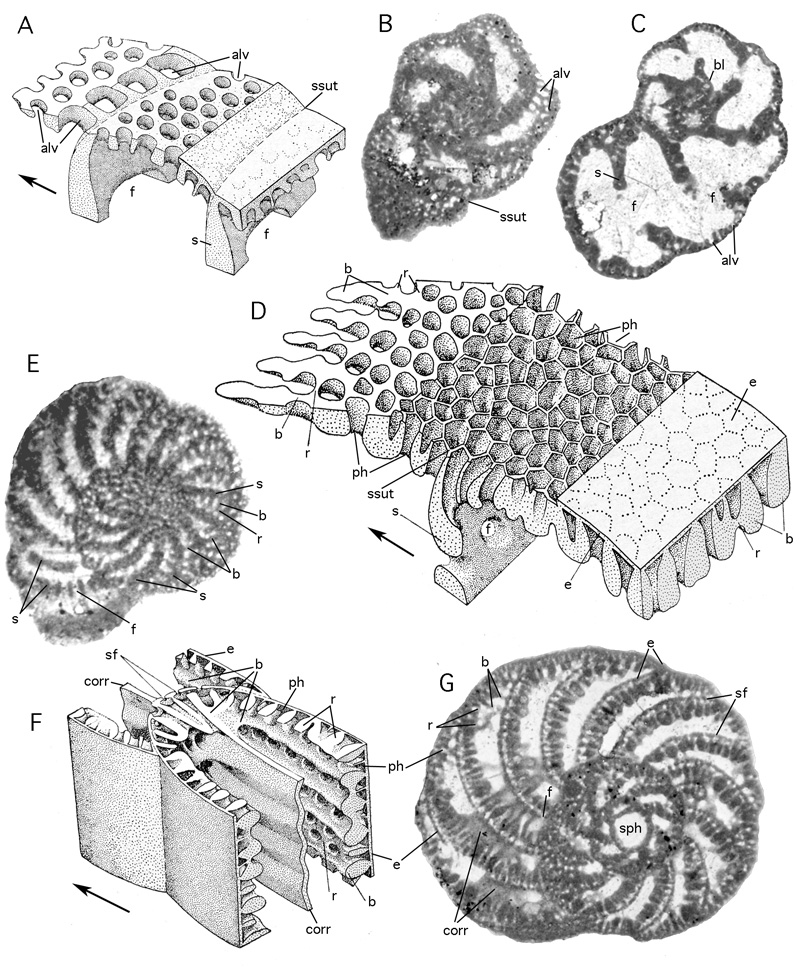
Figure 45: Alveolar exoskeleton and polygonal network.
A-C: simple alveolar layer in Everticyclammina virguliana (), Mechra Klila, Northeastern Morocco, Uppermost Jurassic. A: stereograph, schematic, not to scale. B: tangential section. Note the large size of the alveoles in a postseptal position. C: para-equatorial, non-centered section showing septa and the basal coat at the bottom of the chamber, resembling a basal layer. E-G: polygonal network in Spirocyclinidae. E: Choffatella tingitana , megalospheric generation, in tangential section near to the equatorial plane. Note the clear differentiation of beams and rafters. D: stereograph of spirocyclinid polygonal network. Note the curved pigeon holes in preseptal position which in axial section might be mistaken for foramina. F-G: extension of beams into a corrugated sheet that replaces endoskeletal pillars in Hottingertidae. F: stereograph representing a part of an axial section. Not to scale. G: Alveosepta powersi (), Northeastern Morocco, Upper Jurassic. Equatorial section of megalospheric specimen.
alv: alveoles; b: beam; bl: basal layer; corr: corrugated median extension of beams; f: foramen; ph: pigeon holes; s: septum; sf: supplementary foramina; sph: sphaeroconch; ssut: septal suture. Arrows: direction of growth. After , 1967.